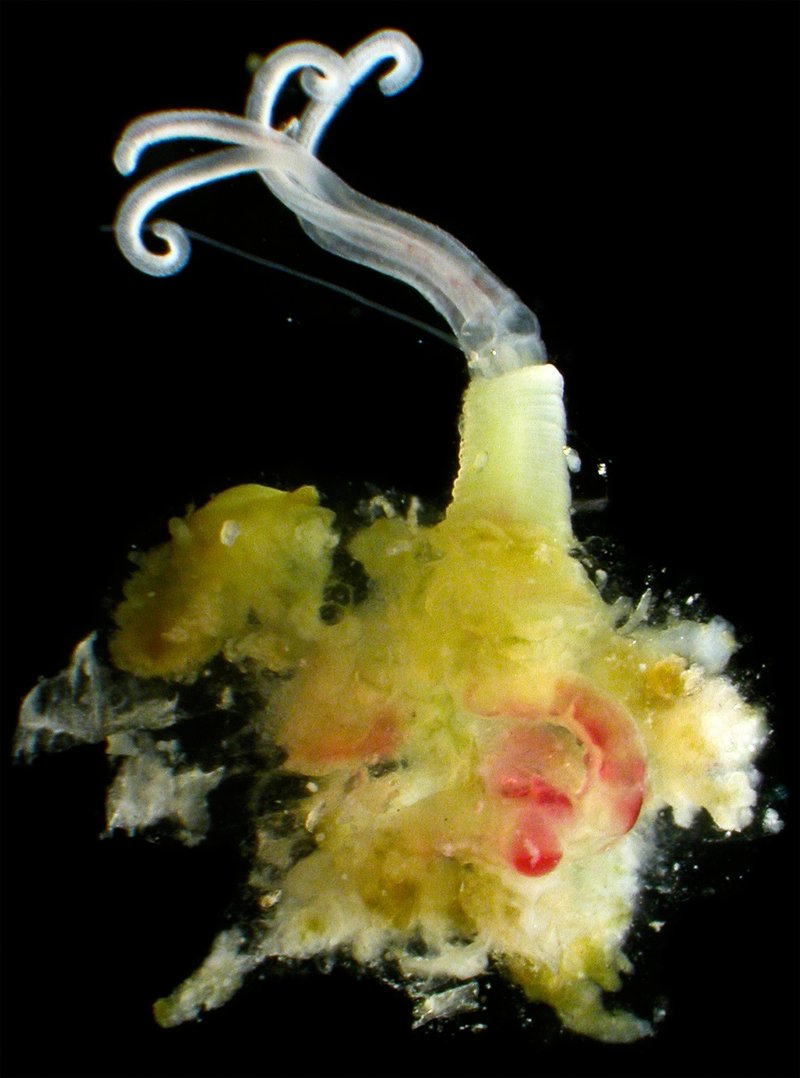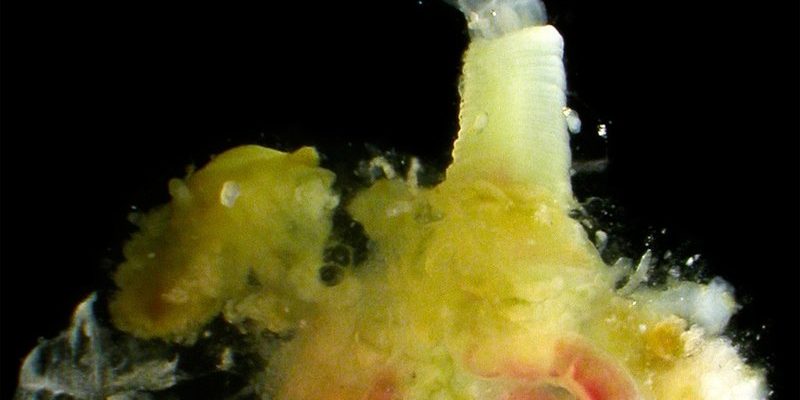
When thinking about the possibility of keeping these worms in controlled environments, it’s a bit like asking whether we can keep lions in our backyard simply because they look cool. There’s so much to consider: their needs, their behaviors, and if they can thrive outside their natural habitat. This article will explore the viability of studying bone-eating worms in captivity, what it takes to care for them, and if farming them is a real possibility.
What Are Bone-Eating Worms?
The bone-eating worm, or *Osedax*, is a marine polychaete that thrives in the deep sea. What’s really fascinating is how they get their food: they consume the bones of dead marine animals, such as whales. These worms have special adaptations that allow them to break down bone and extract nutrients—a process that’s pretty rare in the animal kingdom.
Picture this: after a whale dies and sinks to the ocean floor, *Osedax* worms begin the cleanup. They’ve got these incredible root-like structures called “infundibulum” that help them burrow into the bones. Then, using bacteria in their guts, they break down the collagen in the bone. It’s almost as if they’ve got a mini factory in their bodies, turning bones into a buffet!
You might be wondering why scientists are interested in these worms. Aside from their unique feeding habits, *Osedax* could offer new insights into marine ecosystems and decomposition. Understanding them can help us learn more about nutrient cycling in the ocean, which is crucial for maintaining healthy marine environments.
Can Bone-Eating Worms Be Kept in Captivity?
Now, let’s tackle the big question: can these worms be kept in captivity? The short answer is yes, but it’s a challenging endeavor. Keeping *Osedax* in an aquarium involves recreating their natural habitat as closely as possible. This means maintaining specific water temperatures, salinity levels, and pressures that reflect the deep-sea environment they’re used to.
One of the significant hurdles is the food source. Since these worms eat bones, providing a steady supply can be tricky. In the wild, their diet comes from various dead marine animals, so replicating this in a lab or aquarium setting is complicated. Some researchers have experimented with placing animal bones in tanks, but the success of such tests varies widely.
Another vital factor to consider is the lifespan and reproductive habits of these worms. They are not exactly easy to reproduce in a lab. Their breeding process might require specific conditions that are hard to simulate in captivity. Some experts say that without the right environment, even if you can keep them alive, you might not see any new generations of worms.
The Benefits of Studying Bone-Eating Worms
So, why bother studying these unusual creatures? For starters, bone-eating worms help scientists understand decomposition in the ocean. This process is critical for nutrient cycling, which impacts the entire marine food web. By studying *Osedax*, researchers can gain insights into how ecosystems respond to changes, such as overfishing or climate change.
Additionally, there’s potential for medical research. The unique enzymes that bone-eating worms produce to digest bones could have applications in medicine. Imagine if we could harness these enzymes for breaking down bone-related diseases or even in dental treatments!
Moreover, studying them in captivity allows scientists to observe behaviors that may be difficult to witness in the wild. You get a closer look at their feeding patterns, breeding processes, and interactions with other marine life. It’s like having a backstage pass to an extraordinary underwater world!
The Challenges of Farming Bone-Eating Worms
Farming *Osedax* is more complex than it sounds. While theoretically possible, there are plenty of challenges to consider. The first is their diet. As mentioned earlier, they need bones to survive, and sourcing a consistent and ethical supply can be a logistical nightmare. Plus, if the supply runs out, so does the livelihood of these worms.
Environmental conditions also play a big role. If you’re thinking of setting up a farm, you’ll need to create an environment that mimics the ocean floor—think deep-sea conditions, high pressure, and low light. This setup can be costly and might not yield enough worms to make farming feasible.
Lastly, you must consider the market. Who’s looking to buy bone-eating worms, and why? Unless there’s significant demand for these creatures in research or other fields, farming them might not be worth the effort and expense.
Current Research and Future Possibilities
Despite the challenges, research on bone-eating worms continues to advance. Scientists are finding innovative ways to study them, even in less-than-ideal conditions. For instance, some studies use advanced imaging techniques to explore the worms without having to keep them alive.
Additionally, as marine biology advances, new technologies may emerge that make it easier to keep and study these fascinating worms. Innovations in aquaculture, for example, could provide better ways to simulate deep-sea environments and create sustainable food sources for *Osedax*.
There’s also the possibility of collaboration among researchers. By pooling resources and knowledge, studies can become more efficient, potentially leading to breakthroughs in understanding how these unique creatures function and how they can be maintained in captivity.
In the end, bone-eating worms are a captivating subject for marine researchers and enthusiasts alike. Their unique role in the ecosystem and potential applications in medicine make them worthy of study. While keeping and farming them presents significant challenges, ongoing research could one day unlock the secrets of these enigmatic creatures.
For now, the dream of having thriving populations of *Osedax* in captivity remains a complex puzzle. As we continue to learn more about them, who knows? Perhaps one day, we’ll have the technology and knowledge to study and even farm these remarkable worms effectively. Until then, they’ll continue to inspire curiosity and wonder in the depths of the ocean, reminding us of nature’s incredible adaptability and mystery.

